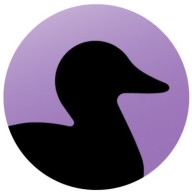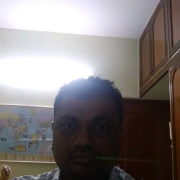

Find out what your peers are saying about Sonar, Veracode, Checkmarx and others in Static Application Security Testing (SAST).


Coverity gives you the speed, ease of use, accuracy, industry standards compliance, and scalability that you need to develop high-quality, secure applications. Coverity identifies critical software quality defects and security vulnerabilities in code as it’s written, early in the development process, when it’s least costly and easiest to fix. With the Code Sight integrated development environment (IDE) plugin, developers get accurate analysis in seconds in their IDE as they code. Precise actionable remediation advice and context-specific eLearning help your developers understand how to fix their prioritized issues quickly, without having to become security experts.
Coverity seamlessly integrates automated security testing into your CI/CD pipelines and supports your existing development tools and workflows. Choose where and how to do your development: on-premises or in the cloud with the Polaris Software Integrity Platform (SaaS), a highly scalable, cloud-based application security platform. Coverity supports more than 20 languages and 200 frameworks and templates.
Semgrep is a tool for identifying vulnerabilities in code and ensuring code quality through static analysis. It is known for its efficiency, customizable rules, and seamless integration into CI/CD pipelines.
Semgrep aids developers in maintaining secure codebases by automating security checks and reducing manual code reviews. It is particularly valued for enforcing coding standards and discovering common security flaws early in the development process. Its ability to handle multiple languages and customizable rules, along with its open-source nature and active community support, make it a popular choice among developers. However, users have suggested that documentation could be more comprehensive, configuration more intuitive, and performance more optimized to better serve both new and experienced users.
What features does Semgrep offer?Semgrep is implemented across various industries for its effectiveness in maintaining secure codebases and automating security checks. In sectors like finance, technology, and healthcare, where code security is paramount, developers rely on Semgrep to enforce coding standards, reduce vulnerabilities, and comply with regulatory requirements. Its ability to handle diverse programming languages makes it versatile and suitable for different types of projects, from small startups to large enterprises.
We monitor all Static Application Security Testing (SAST) reviews to prevent fraudulent reviews and keep review quality high. We do not post reviews by company employees or direct competitors. We validate each review for authenticity via cross-reference with LinkedIn, and personal follow-up with the reviewer when necessary.